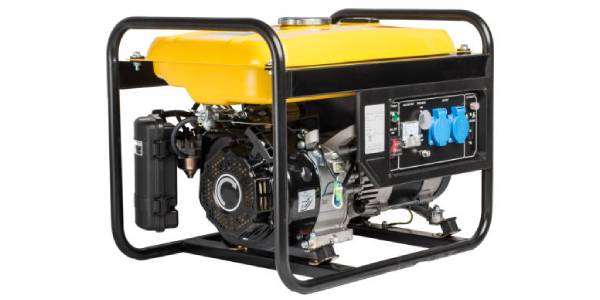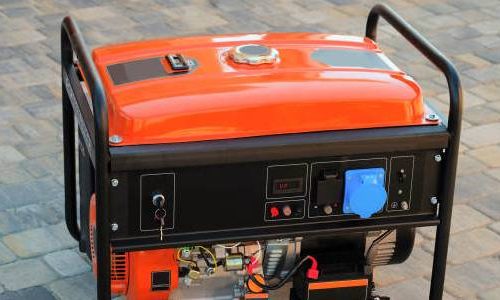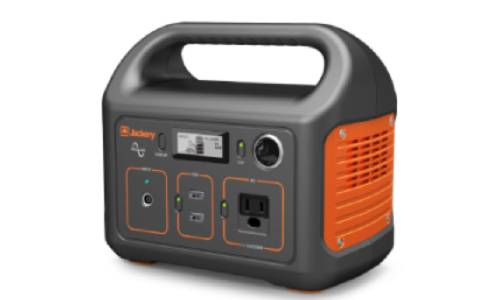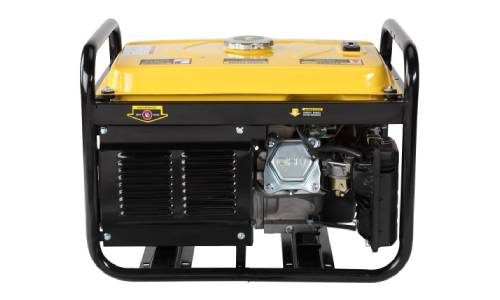The most important thing to consider when choosing an emergency generator is what size you need. With so many generators on the market with a large variance in prices, you may be tempted to buy a very small emergency generator to save money, only to find that your essential items still don’t have power during your next outage. Or maybe you’re considering buying the largest generator possible, which provides much more power than you need.
A generator that is too small could leave you without the power you need, whereas a generator that is too big could cost thousands more than a smaller, but still adequate generator.
Wattage
The size of a generator is measured in wattage. To choose the correct wattage for an emergency generator, you will need to go through your home and make a list of everything that you want or need to run in the event of a power outage. Each appliance that you want to power will have a label containing information such as the year it was produced, its model number, and wattage. Often these labels can be found on the inside door of the appliance, but sometimes they are located on the back. As you go through your home, write down the wattage of each item that you wish to power.
Essential Items
Go over your list and walk through every room of your home several times to ensure that you don’t forget to include every item that is essential for your home, such as the refrigerator, your well pump if you have one, and the sump pump if you are at risk of basement flooding without it. If your water heater is electric, you will need to power that as well to have hot water during an outage. Garage door openers are also sometimes necessary to power during an outage.
Other items that may seem essential may not be necessary during a power outage. For instance, you can easily go days without an oven if you have power to your microwave. Air conditioners, clothes washers and dryers, and portable heaters also use a lot of power, and will require a much larger generator if you wish to use them during an outage.
Enough Power
When you have decided what items you need to power, add up all their wattages, then multiply by 1.5. The reason for this is that many items require more power for startup than they do to run, and you will need to have enough power to accommodate this. The number you come up with will be the minimum wattage necessary for your emergency generator.
If you only want to power the bare essentials in your home, such as the refrigerator and a sump pump, you may be able to get by with a small 3,000 to 4,000 watt portable generator, if you do not have an electric water heater, heating system, or well pump to power. Powering your whole house will likely require a large stationary generator that produces over 15,000 watts of power.






